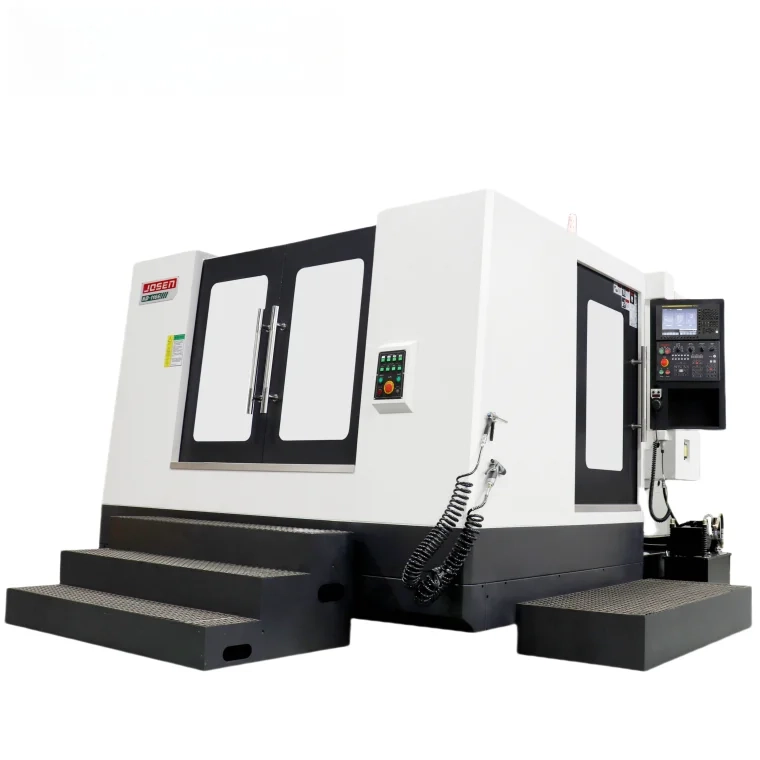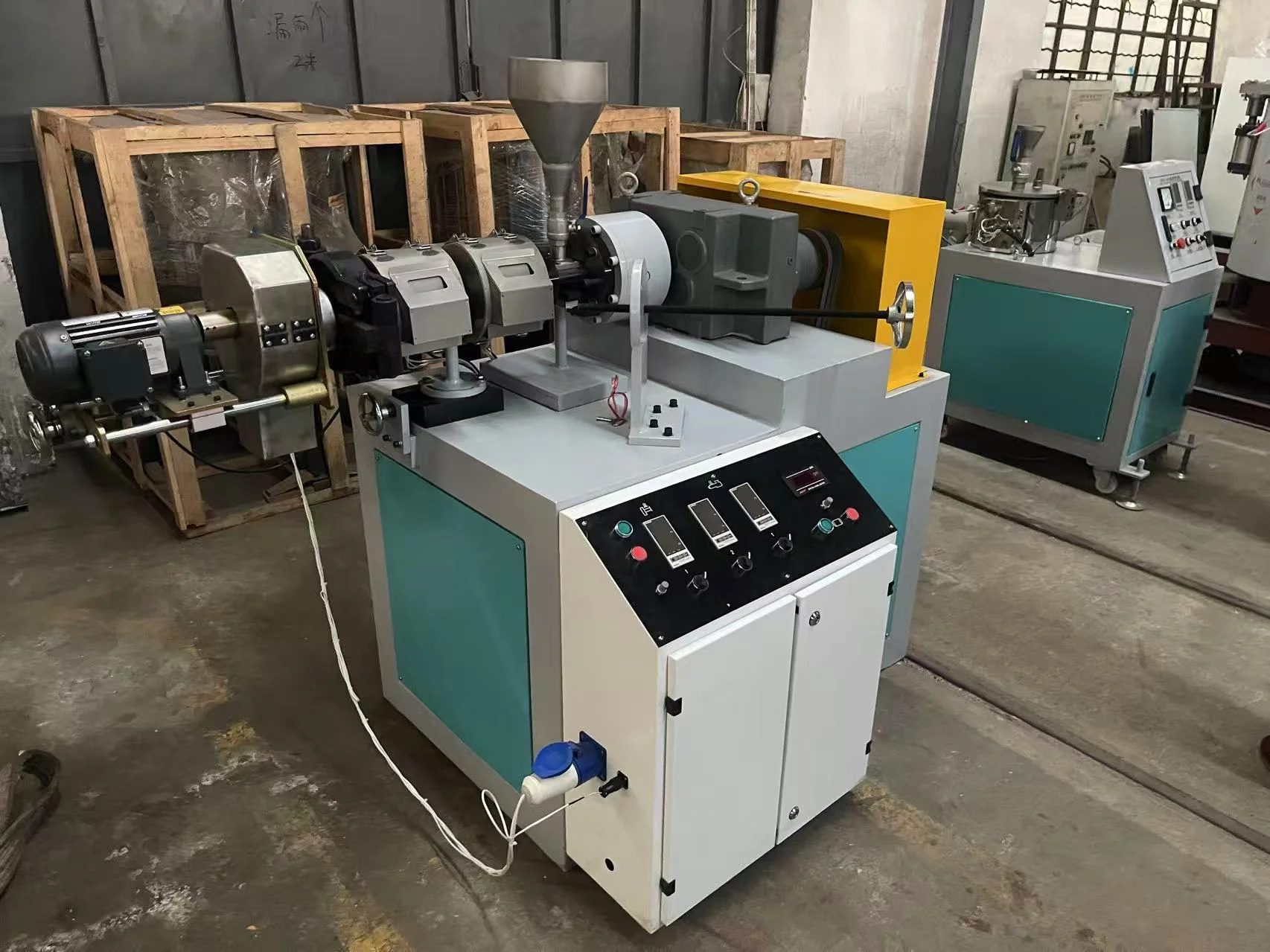When it comes to maintaining the performance of your vehicle, understanding the various components that contribute to its efficiency is crucial. One such component is the boost pressure sensor, a vital part of the engine management system in turbocharged and supercharged vehicles. This article delves into the costs associated with replacing a boost pressure sensor, providing vehicle owners with a detailed breakdown of factors influencing the price, potential symptoms of failure, and tips for ensuring a smooth replacement process.
What is a Boost Pressure Sensor?
The boost pressure sensor, also known as a manifold absolute pressure (MAP) sensor, measures the pressure within the intake manifold of an engine. This data is essential for the engine control unit (ECU) to optimize fuel injection and ignition timing, ensuring that the engine operates efficiently under various conditions. A malfunctioning boost pressure sensor can lead to poor engine performance, increased emissions, and reduced fuel efficiency.
Symptoms of a Failing Boost Pressure Sensor
Before diving into the costs of replacement, it's important to recognize the signs that indicate your boost pressure sensor may be failing. Common symptoms include:
- Check Engine Light: A persistent check engine light can indicate a problem with the boost pressure sensor. Diagnostic trouble codes (DTCs) can be retrieved using an OBD-II scanner to confirm the issue.
- Poor Acceleration: If you notice a significant drop in acceleration or power, it may be due to incorrect readings from the boost pressure sensor.
- Increased Fuel Consumption: A malfunctioning sensor can lead to improper fuel-air mixture, resulting in higher fuel consumption.
- Engine Stalling: In severe cases, a failing boost pressure sensor can cause the engine to stall or run roughly.
Cost Breakdown of Replacing a Boost Pressure Sensor
The cost of replacing a boost pressure sensor can vary significantly based on several factors, including the make and model of the vehicle, labor costs, and whether you choose to use original equipment manufacturer (OEM) parts or aftermarket alternatives.
- Parts Cost
The price of a boost pressure sensor itself typically ranges from $50 to $200. OEM sensors are generally more expensive, often costing between $100 and $200, while aftermarket options can be found for as low as $50. It's essential to consider the quality and reliability of the parts, as cheaper options may not provide the same performance or longevity.
- Labor Costs
Labor costs for replacing a boost pressure sensor can vary based on the complexity of the job and the hourly rate of the mechanic. On average, you can expect to pay between $50 and $150 for labor. The total labor time for this replacement can range from 1 to 2 hours, depending on the vehicle's design and the sensor's accessibility.
- Total Replacement Cost
Taking into account both parts and labor, the total cost for replacing a boost pressure sensor typically falls between $100 and $350. Luxury or high-performance vehicles may incur higher costs due to specialized parts and labor.
Factors Influencing Replacement Costs
Several factors can influence the overall cost of replacing a boost pressure sensor:
- Vehicle Make and Model: Some vehicles have more complex engine designs, which can increase labor time and costs.
- Location: Labor rates can vary significantly based on geographic location. Urban areas may have higher rates compared to rural locations.
- Mechanic's Experience: A more experienced mechanic may charge higher rates, but they may also provide better service and faster turnaround times.
- Warranty and Insurance: If your vehicle is still under warranty, the cost of replacement may be covered. Additionally, some insurance policies may cover repairs related to sensor failures.
Tips for a Smooth Replacement Process
- Get Multiple Quotes: Before committing to a repair shop, obtain quotes from multiple mechanics to ensure you are getting a fair price.
- Ask About Warranties: Inquire whether the parts and labor come with a warranty, which can provide peace of mind in case of future issues.
- Consider DIY: If you have mechanical skills, replacing the boost pressure sensor yourself can save on labor costs. However, ensure you have the right tools and follow a reliable guide.
- Regular Maintenance: Regularly servicing your vehicle can help prevent sensor failures and other related issues, ultimately saving you money in the long run.
Conclusion
Replacing a boost pressure sensor is an essential maintenance task that can significantly impact your vehicle's performance and efficiency. By understanding the costs involved and recognizing the symptoms of a failing sensor, you can make informed decisions about your vehicle's care. Whether you choose to go with OEM or aftermarket parts, ensuring a quality replacement will help maintain your engine's optimal performance for years to come.







+ There are no comments
Add yours